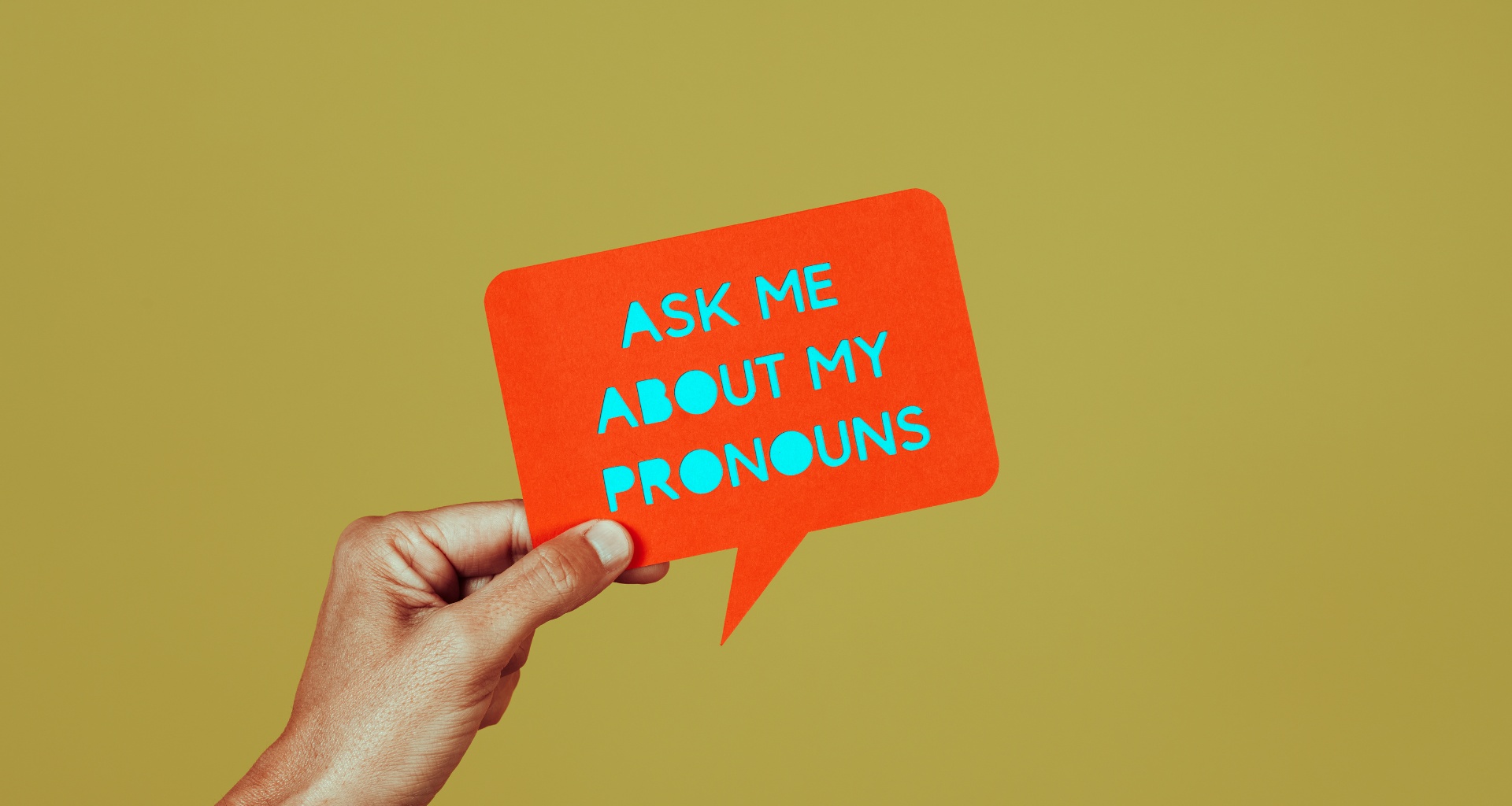Pronouns are an essential part of the Spanish language and can cause difficulties for students. To make your study easier and to better understand the use of pronouns, here are some useful tips.
Understanding the Different Types of Pronouns
Spanish pronouns are divided into several categories, each with its own usage and rules. The main categories include:
Personal pronouns (Pronombres personales):
They are used to replace nouns and refer to persons.
Pronouns (Pronombres posesivos)
They indicate ownership or possession.
Pronouns Object Pronombres de objeto)
They are divided into direct and indirect object.
Pronouns Indicative (Pronombres demostrativos)
They are used to show specific people or objects.
Pronouns Interrogative and Relative (Pronombres interrogativos y relativos)
They are used in questions and to link sentences.
Create Tables and Lists
One of the most efficient ways to study Spanish pronouns is to create tables and lists containing the different pronouns and their uses. An example of a table for personal pronouns is the following:
| Face | Singular | Plural | Plural |
|———|——–|————-|
| 1st | yo | nosotros/nosotras |
| 2nd | tú | vosotros/vosotras |
| 3rd | él/ella/usted | ellos/ellas/ustedes |
Use of Examples in Proposals
Incorporate pronouns into sentences to see how they work in language. For example:
Personal pronouns:
- Yo estudio español. (I study Spanish.)
- Ellos comen en el restaurante. (They eat in the restaurant.)
Classical Pronouns:
- Esta es mi casa. (This is my house.)
- Sus libros están en la mesa. (Their books are on the table.)
Practice with Exercises and Tests
Practice is the key to assimilating pronouns. Use exercises and tests to practice using pronouns in different contexts. There are many resources available online with exercises covering all levels of knowledge.
Monitoring Spanish media
A fun method to improve your understanding of pronouns is to watch Spanish TV programmes, films and listen to Spanish music. Try to identify and write down the pronouns you hear.
Use of Applications and Internet Platforms
Take advantage of apps and online language learning platforms such as Duolingo, Babbel and Memrise. These apps offer interactive exercises that help improve the use of pronouns.
Repeat and Review
Repetition is essential for the assimilation of knowledge. Establish a review schedule to review the pronouns you have learned and reinforce your understanding.
Working with a Teacher or Tutor
If you are experiencing difficulties, working with a teacher or attending a tutorial can provide personal guidance and support. Your tutor can explain your questions and help you improve your skills.
Studying Spanish pronouns can seem challenging, but with the right strategy and dedication, you can learn and use them with ease. Use the tips above to improve your study and achieve your language goals.
With regular practice and repetition, studying Spanish pronouns will become easier and more efficient. ¡Buena suerte con tus estudios! (Good luck with your studies!)
Text belongs to the website www.castilla.gr and has an informative and entertaining purpose for those interested in Hispanic Culture.
